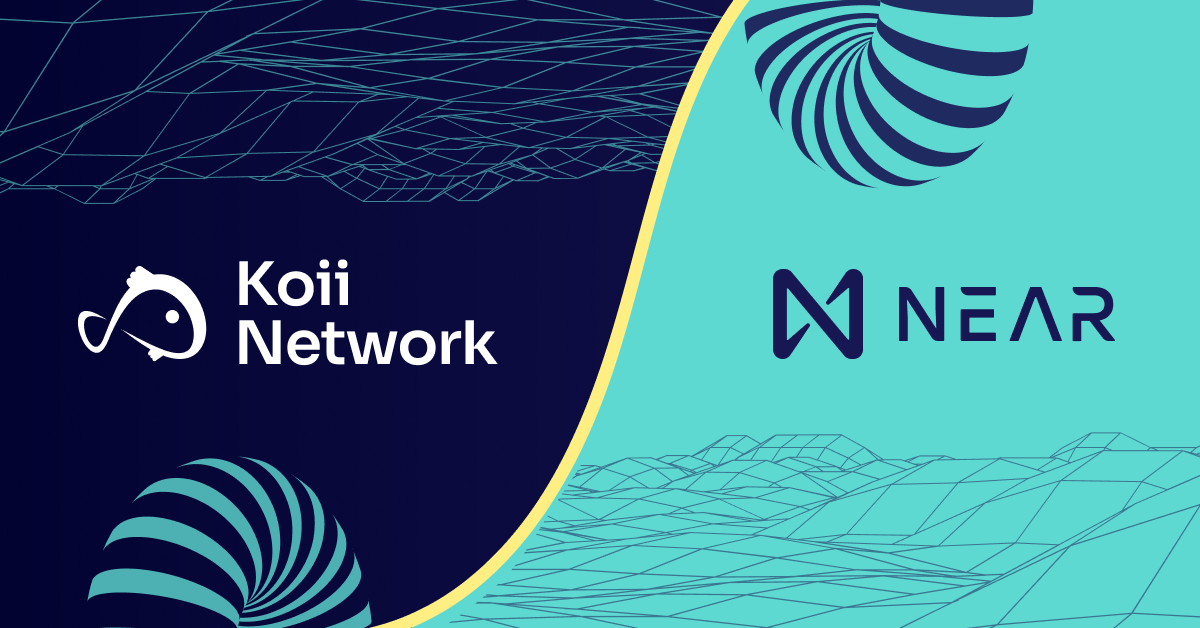Connecting the Dots Across Blockchains With Koii DIDs
Who knew that something as simple as connecting the dots could be so difficult?
This past year has shown us that whether it’s moving ourselves or our goods from point A to point B, the connections that make it possible are more fragile than we thought. We, too, have learned just how much we rely on our digital connections during these times of crisis. Travel and logistics are adapting to prevent future delays and to prepare us for the next storm, but our digital lives haven’t caught up yet. For many of us, managing our digital identities and assets remains a high-stakes version of “connect the dots.” So how can we apply what we have learned to our digital connections? Are we digitally ready to face a crisis? Ask yourself, if you had to leave your home in a hurry, are you digitally prepared to do so? How can you prevent yourself from being arbitrarily locked out of your digital communities? The Koii Decentralized Identity (DID) aims to provide a solution to help with these problems and more.
A Universal Blockchain Adapter
In the past few years, much of the crypto industry has focused on developing various L1 blockchain ecosystems, resulting in marked differences in the strengths and utility from one chain to the next. Solana’s transaction speed and Arweave’s permanent data storage are two examples that come to mind. While this growth is exciting, it can also be frustrating when you want to use an application or service that can access multiple blockchains. It’s like when you travel internationally and forget your universal power adapter. Without it, your favorite electronics are just taking up space in your suitcase.
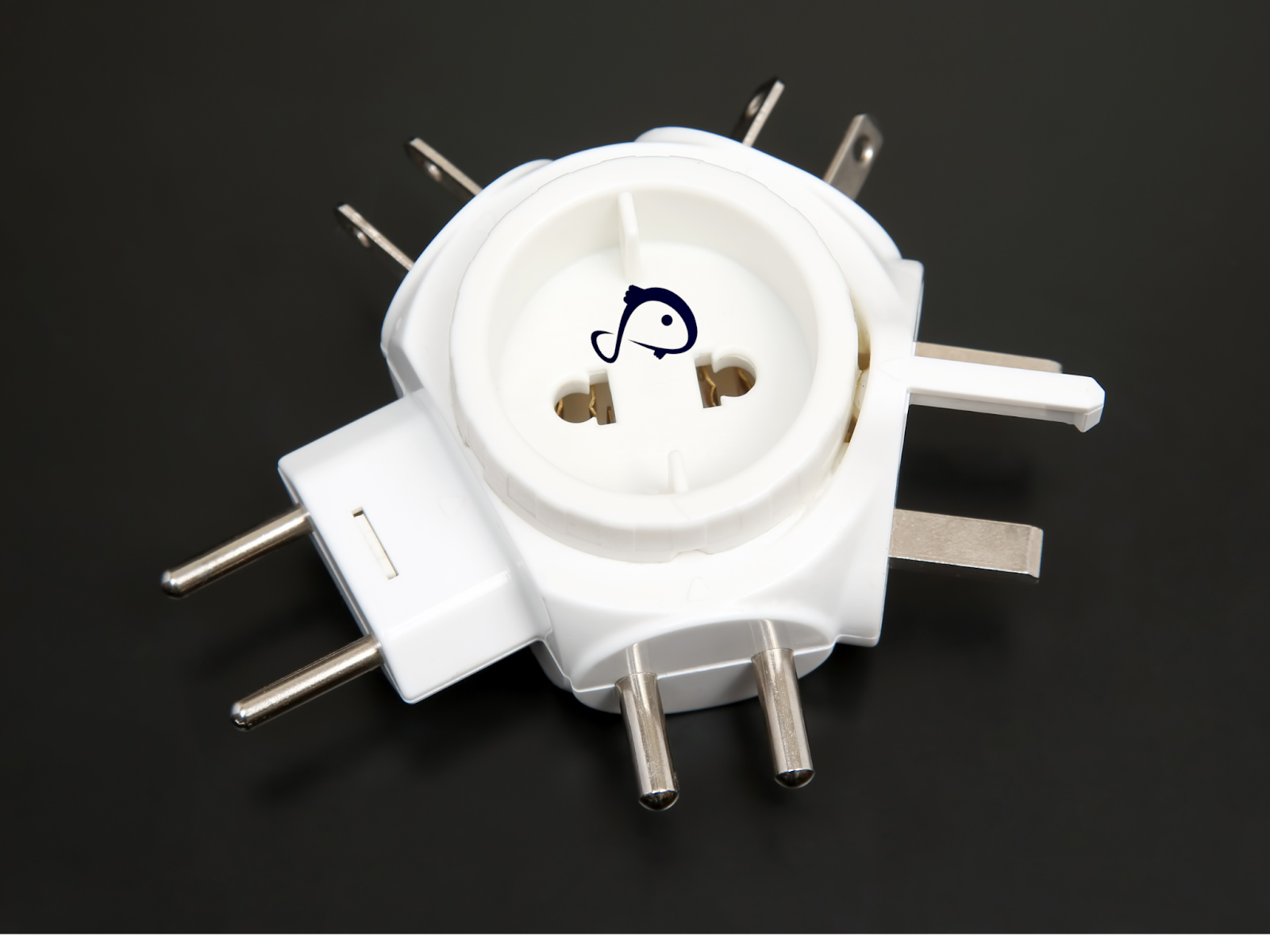
Today’s users often feel the same way when interacting with blockchain technology. For global adoption, this needs to change. As dApps and blockchains become more specialized, users naturally want to take the things they love from one ecosystem and use them to interact with another without worrying if they have the right adapter or if the right adapter even exists. The goal with the Koii DID is to provide users with an always-ready universal blockchain adapter, powering a decentralized web3 experience that rivals centralized web2. The process to build our “adapter” starts with a DID framework that can manage users’ assets and identities across networks and blockchains.
How Does it Work?
Let’s take a look at an example.
Alice wants to earn attention rewards and mint an NFT that combines media, metadata and smart contract into one asset. So she decides to mint her first NFT using the Koii Finnie wallet and mints an Atomic NFT. After earning attention rewards for a few months, Alice decides she wants to sell her NFT in a metaverse gallery built on the Ethereum blockchain.
If you have ever tried to move a digital asset from one blockchain to another, you know that the process can be complicated. Sometimes you find out that the “bridge” needed is not yet complete OR that the process requires the skills of a developer!
The Koii DID aims to simplify this process by functioning as a kind of universal blockchain adapter. In Alice’s case, her Koii DID would facilitate the transfer of the NFT by managing both her Arweave and Ethereum keys while at the same time leveraging the power of Koii nodes to carry out the transfer of her asset from the Koii network to Ethereum. In this scenario, the DID could be likened to a crypto valet service where the DID is used as a generalized ID that can authorize tasks on behalf of someone without requiring them to give control of their keys to a third party.
Safety and Security Features of the Koii DID
We’re about to get a little technical, but it’s important. User-controlled key management and decentralization are essential elements that ensure security and prevent the DID from being removed or taken down by a third party. By default, DID users maintain control over how their identifiers and assets are used across blockchains and the web. This stands in stark contrast to the current Web2 authentication systems from Facebook, Google, and Apple, which directly track user activities, compromising privacy and leaving users vulnerable to personal data breaches. As an additional security layer, the Koii DID functions as a self-sovereign recovery system when stored safely across multiple devices, providing peace of mind if a device stops working or goes missing.
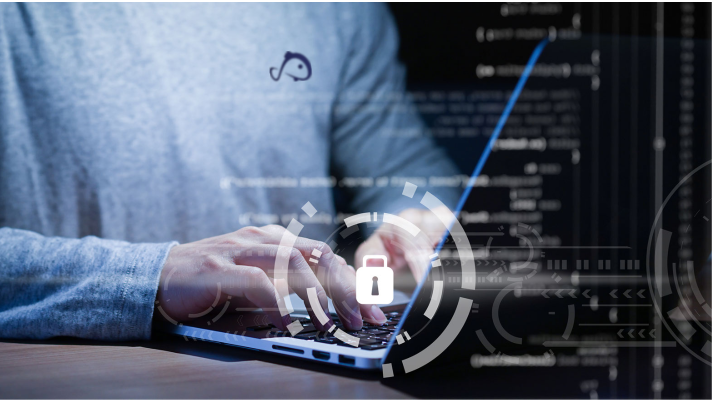
Koii will soon be publishing a technical paper revealing a more in-depth look at the inner workings of the DID framework. But, for now, let’s take a minute and highlight the impact the Koii DID will have on the Koii Network users.
Utility and Convenience for All
From the end user’s standpoint, the utility and convenience provided by Koii’s DID service is about more than just the management of assets and identifiers. By coupling the DID framework with Koii tasks carried out by nodes, the full impact of the DID’s cross-chain interoperability can be felt. This combination enables users to utilize on-chain interactions requiring multiple private keys and the transfer of assets across blockchains without breaking the chain of ownership or losing control of their data. Without a DID, this kind of interoperability would be nearly impossible for anyone without intimate knowledge of each blockchain and its native programming language.
Will Koii’s DID Provide Functionality in the Web2 World?
Yes. One of the primary ways is through Koii’s attention tracking and PoRT (Proofs of Real Traffic) which can be used across the internet, rewarding creators for the attention their NFTs receive while also ranking content in a way that preserves the privacy of users.
When your DID is created, you will have the option to link it to your web2 and web3 accounts, creating a personal hybrid web3 landing page. In addition to your linked accounts, compatible NFTs that you have connected to your DID will appear in your gallery.
The DID profile and any Koii registered content are ready to generate attention rewards by default. However, sites outside of the Koii ecosystem need to enable Koii’s attention tracking for creators to generate attention rewards. Although we are still early in the development of our network, we are excited to see our PoRT system grow and benefit creators and the web overall. As the functionality built into PoRT and DIDs is adopted, high-quality, reputable content will have the incentive mechanisms in place to grow rapidly across the internet.
Help Free the Internet with your Koii DID
DIDs are an essential step to strengthening online autonomy and digital connections. The last few years have shown all of us how quickly the life we’re familiar with can change. The same is true when it comes to our digital freedoms. We work hard to protect ourselves physically so why not digitally? DIDs can permanently preserve our credentials, identifiers, and digital assets.
Without solutions like DIDs to facilitate cross-chain interactions and make the lives of everyday people easier on the decentralized internet, there will never be mass adoption of web3. At Koii, this is simply not acceptable. The decentralized web is too important to the freedom of information and the future of digital ownership to just give up and submit to the overlords of big tech.

When everyday people embrace technologies like DIDs, it reminds all of us that the internet was meant to be free.
Sign up for your own Koii DID through our Finnie wallet.
For an overview and introduction to our DID please see the article Why you Need a Koii DID.
Stay tuned as we are planning future articles exploring the implications of the Koii DID for developers, decentralized startups, network reputability, and Koii’s own future social media aspirations.
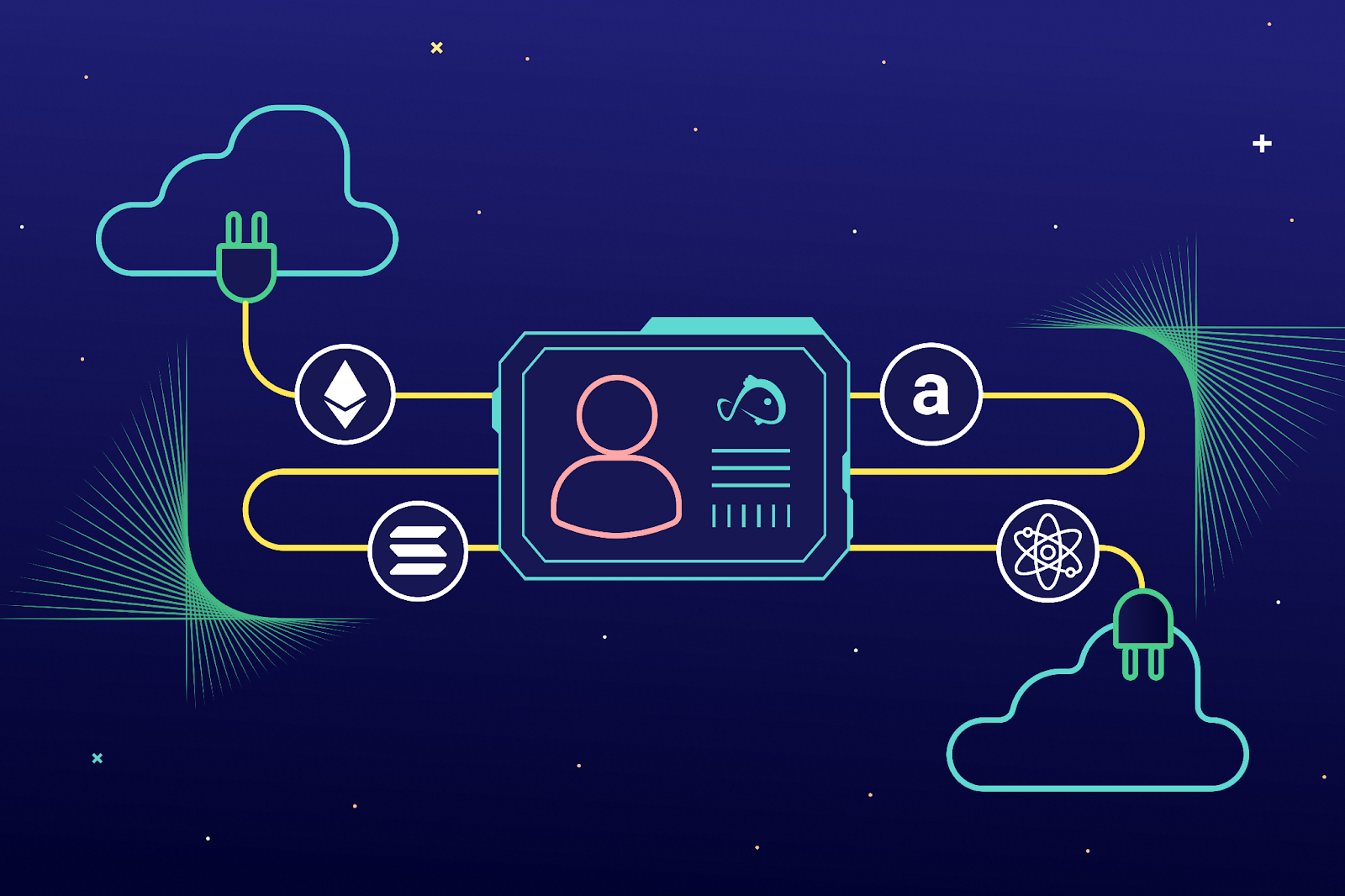
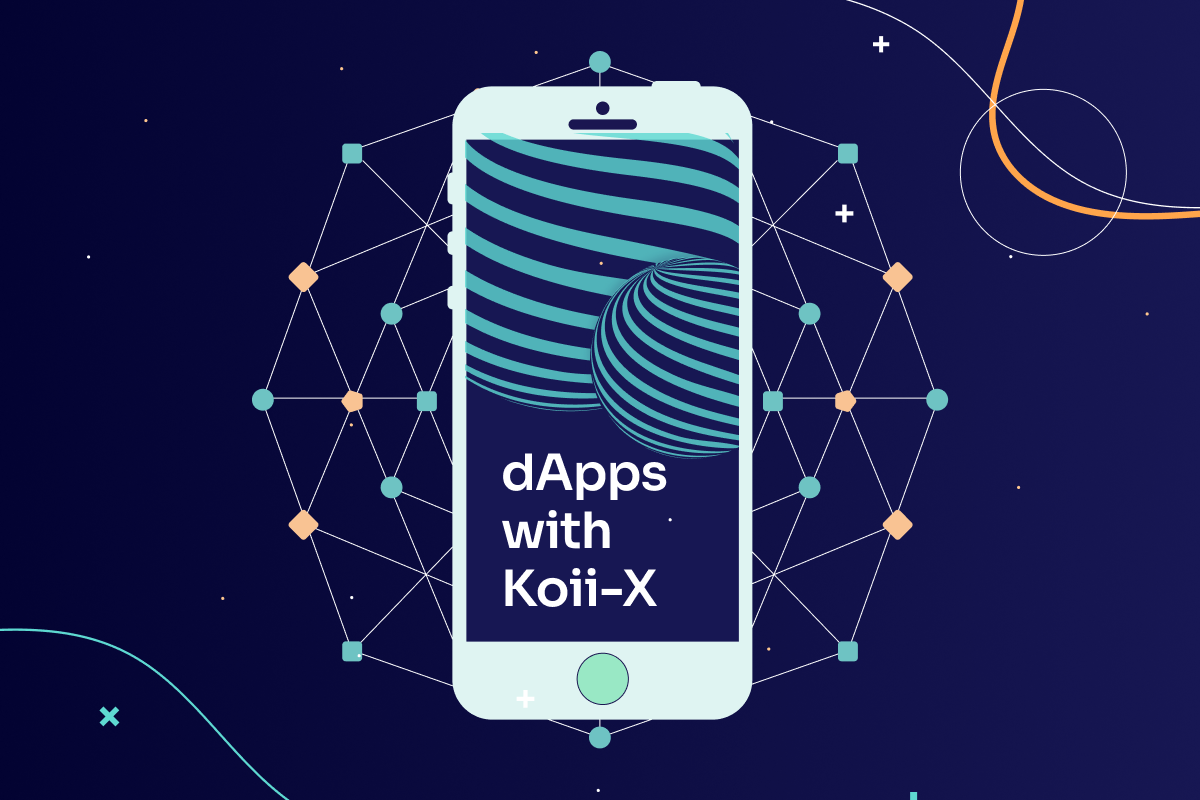 Deploying your Koii-X template with Spheron
Deploying your Koii-X template with Spheron